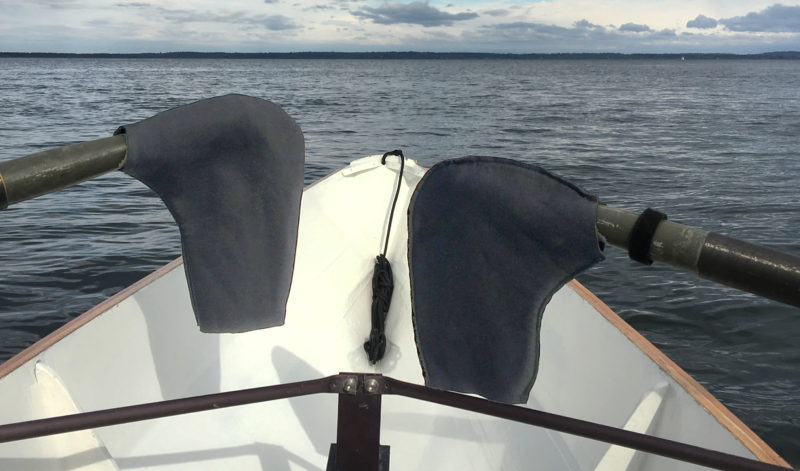 Dale McKInnon
Dale McKInnonThe looms of the author’s carbon-fiber sculls are not much larger than the grips, and the opening in the side of each pogie is smaller that it would need to be for wooden oars with larger looms.
If I can keep my head, feet and hands warm while I’m rowing in cold weather, the rest of me stays warm; pogies are my winter hand covering of choice. I sewed my pogies 14 years ago from wind-blocking fleece and I’m still using them to row on cold winter days.
Pogies are remarkably simple and easy to make. Their primary purpose is to keep wind from reaching your hands, but they can be insulated and waterproofed as well. You can use fleece, windstopper fleece, Cordura, Gore-tex, and many other outdoor fabrics. Some of these technical fabrics can be expensive but, depending on fabric width, with just a half yard you can make two or three pairs of pogies.
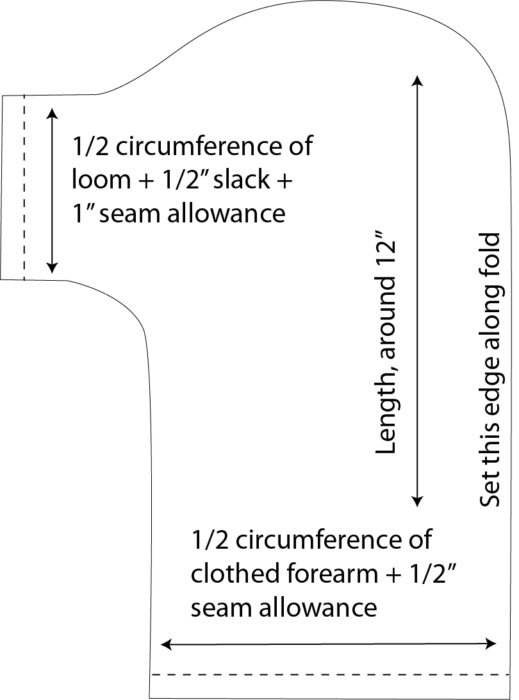 SBM
SBMThe shape isn’t critical. Err on the large side if in doubt, then resew to fit.
The simple drawing here is the basic shape of a pogie. Unlike gloves, pogies can fit almost any hand, large or small. A good starting point for the pattern’s overall size is around 12″ tall and 8″ wide. The side opening should fit the loom; if the loom is larger than the grip, the pogies should slip over it and not crowd the rower’s hands. The bottom opening should provide good clearance for the sleeve of a coat as well as the hand. You can easily customize this for your needs. I’m right-handed and need to get into and out of the right-hand pogie more often, so I made the opening a bit wider than the left.
Make a paper pattern similar to the drawing. Leave a 1/2″ allowance for seams and hems at the openings. The exact shape isn’t critical. Fold your fabric in half. If it has an exterior face make sure it’s inside the fold. Lay the folded fabric out on a flat surface and align the pattern’s straight edge with the fold of the fabric. Mark the outline with chalk and carefully cut. When cutting two layers of fabric, it helps to pin them together before cutting. Machine or hand sew the seam. Backstitch the seam ends at the openings to reinforce them. (If you aren’t equipped to do any sewing, you can use a Dritz Liquid Stitch Permanent Adhesive for the seams.) Depending on your fabric you can hem the openings to prevent fraying. Some thickly woven fabrics like fleece do not fray or unravel on cut edges. Synthetic fabrics like nylon and Gore-Tex can be cut with a hot knife to seal the edges.
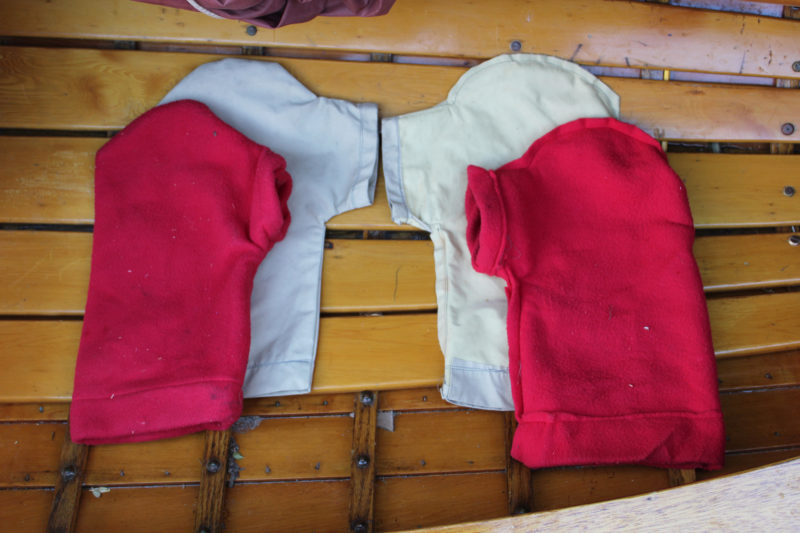 Christopher Cunningham
Christopher CunninghamTwo-layer pogies with Gore-Tex shells and fleece liners. The set on the right is inverted to show sewing details. The editor used these pogies during a November-to-January rowing trip from Pittsburg, Pennsylvania, to Cedar Key, Florida.
Some do-it-yourselfers hem their pogies with webbing at the hand openings. That prevents the material from collapsing as you try to slide your hands in. And, depending on the material you use, you can also flatten the seam allowances and top-stitch them. This also provides a bit more stiffness to the pogie for easier entry. If you’ve used a waterproof fabric you can apply iron-on seam-seal tape or liquid seam sealer to waterproof them.
I put my pogies on the oars first, then slip my hands in. Some rowers do it the other way around. If it’s especially cold, I start out rowing with fleece gloves inside pogies and as I warm up, the gloves come off but I keep my hands in the pogies where they stay very comfortable.![]()
Dale McKinnon began rowing in 2002 at the age of 57 and in 2004 rowed solo from Ketchikan, Alaska, to her home town, Bellingham, Washington. In 2005 she rowed from Ketchikan to Juneau. Her previous articles for Small Boats Monthly include rowing the Columbia River and the Columbia River estuary, how to row rough water, and reviews of NewGrips and CrewStop rowing gloves, Exped sleeping pads, and the Devlin Duckling 17.
You can share your tricks of the trade with other Small Boats Monthly readers by sending us an email.
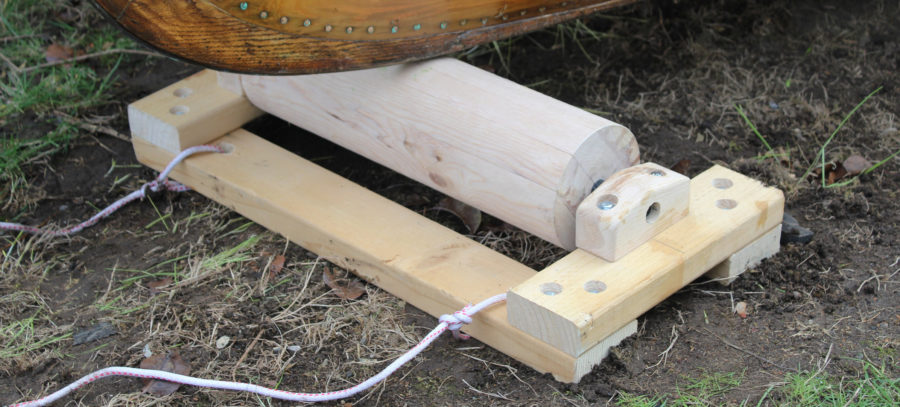
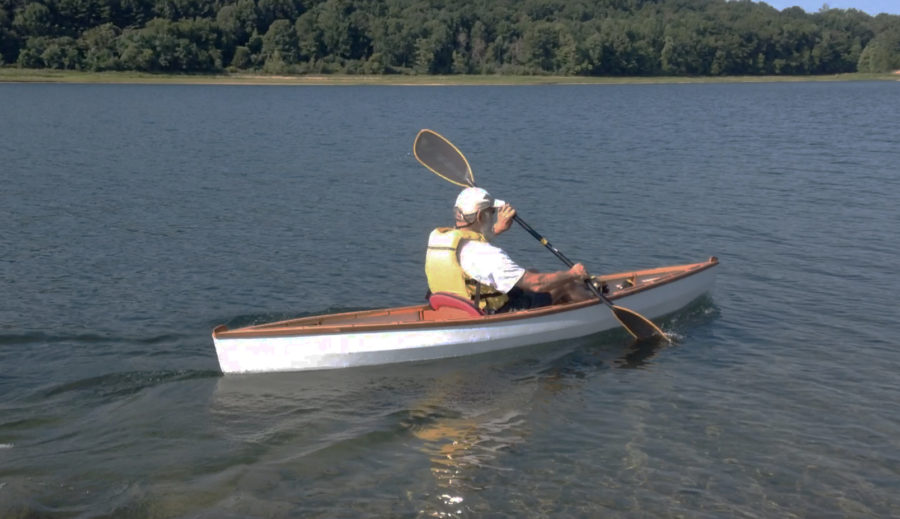

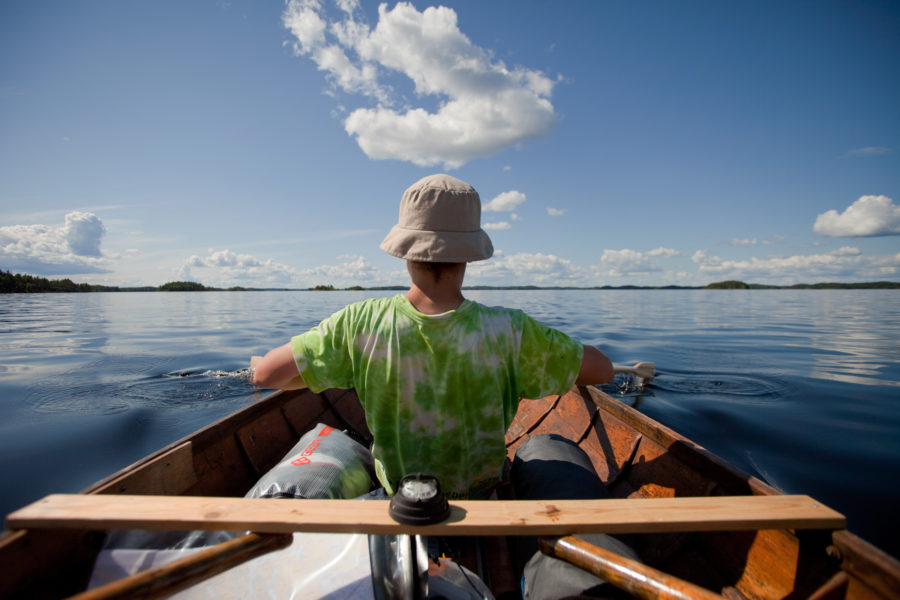
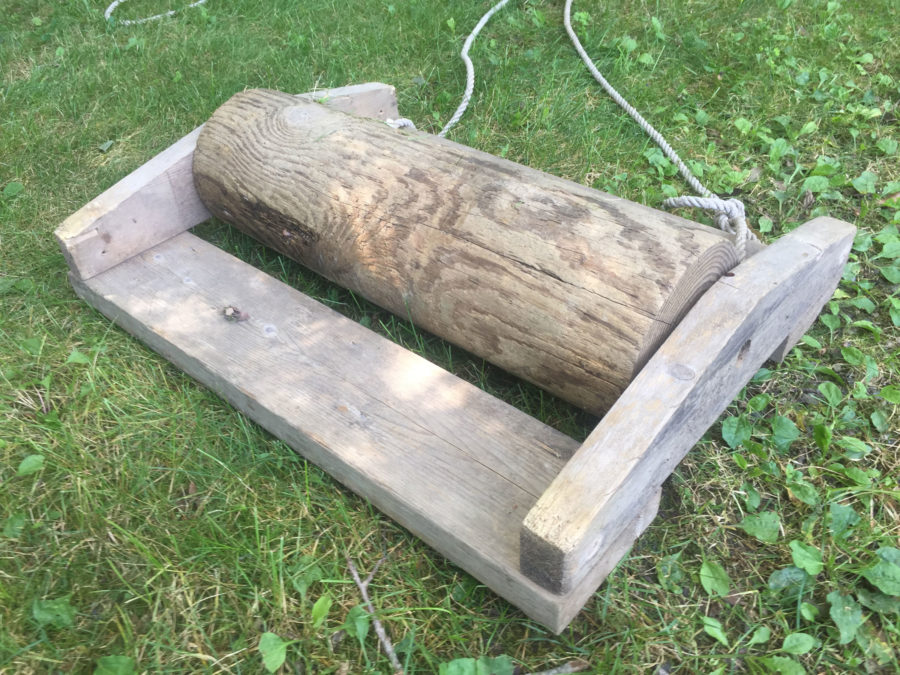
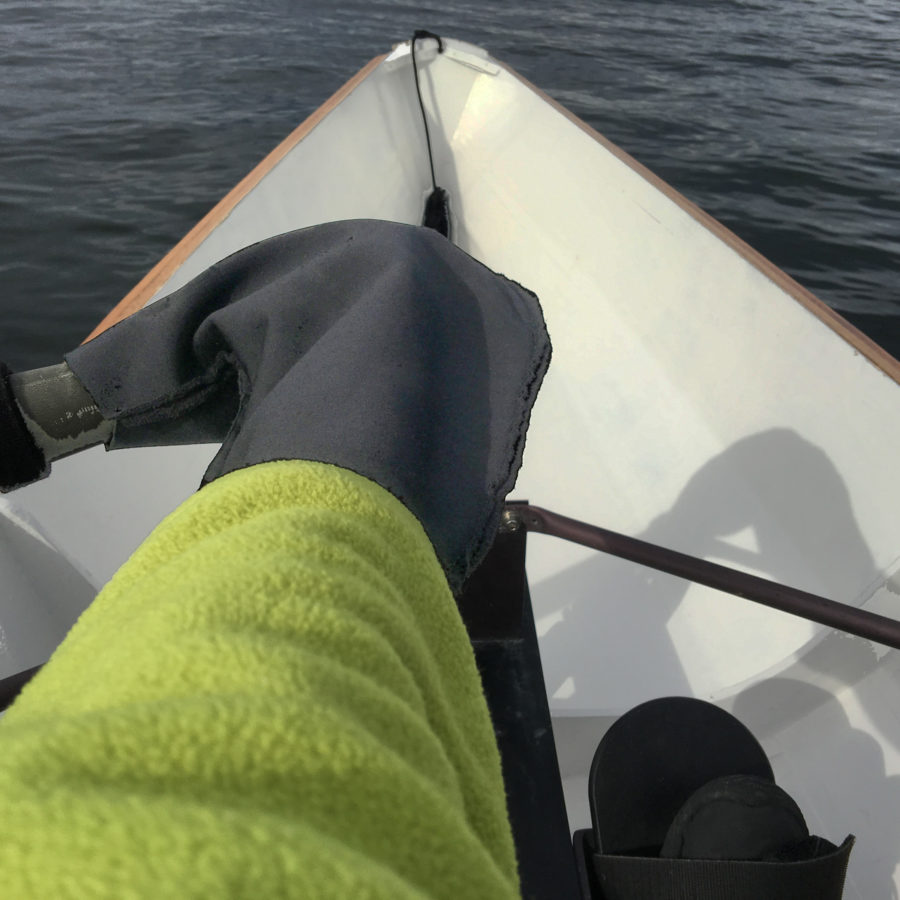
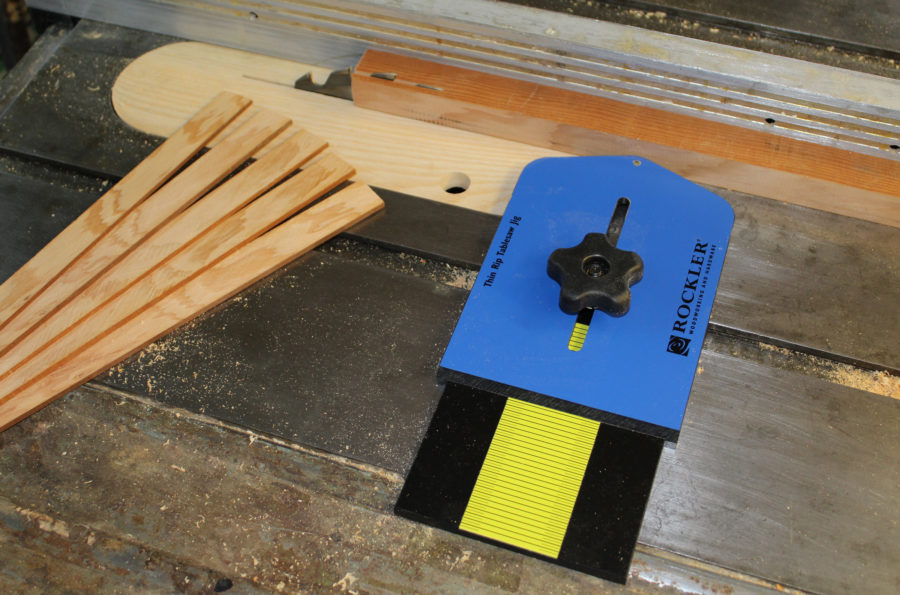
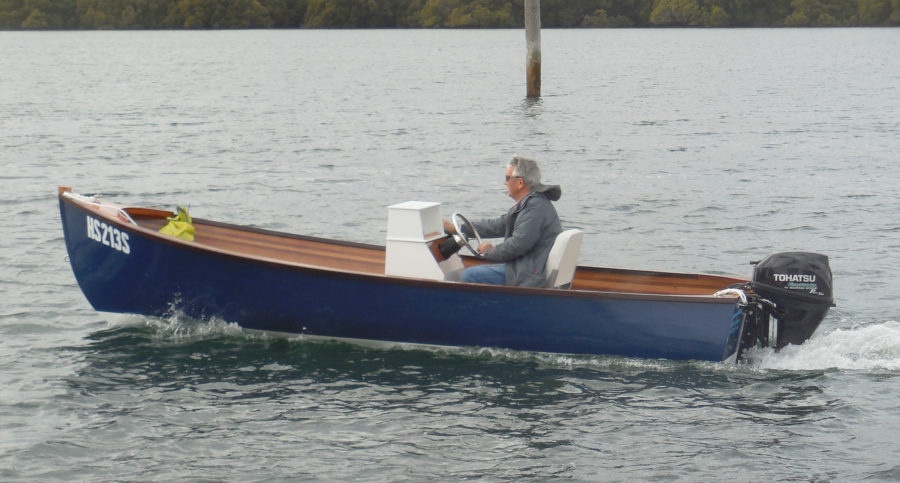

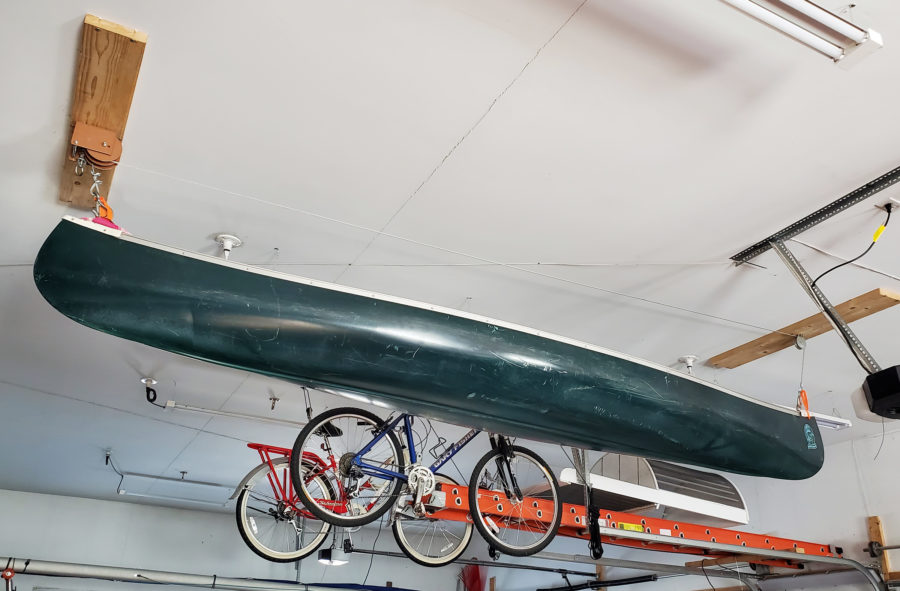
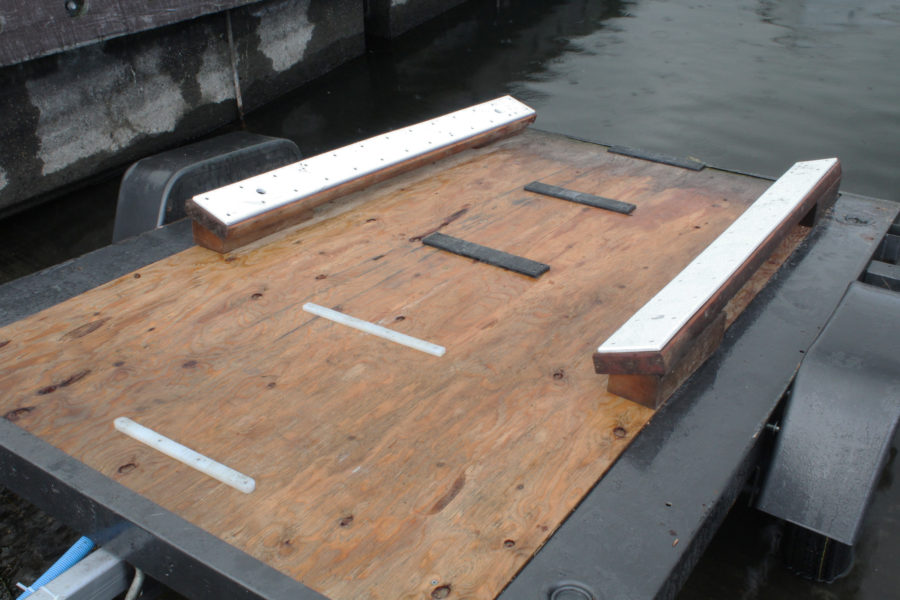
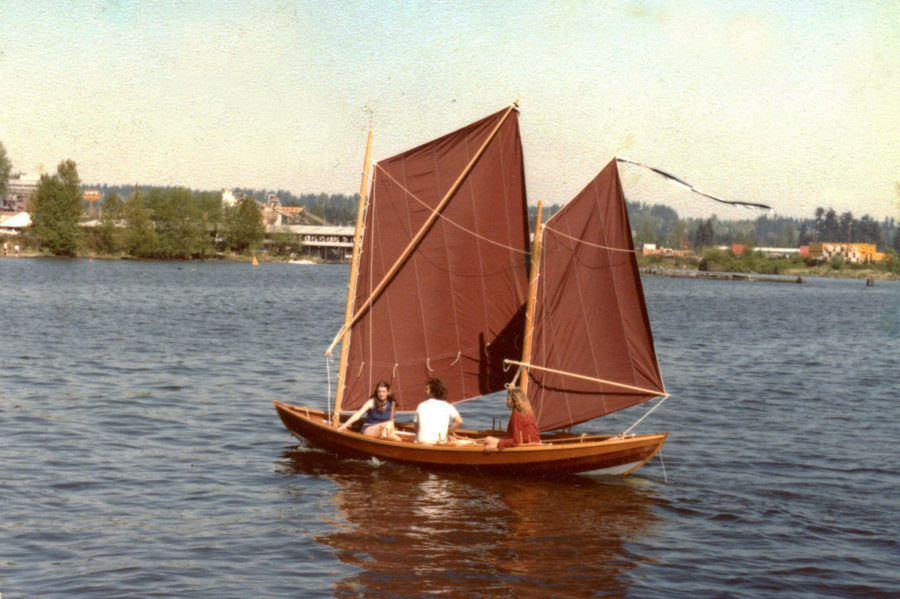
You might try to make pogies the way I did. I live where there is frost on car windshields in the winter. You start with two windshield ice scrapers with Thinsulate lined mitts. I bought mine at the local Dollarama store for $2 each. You cut the stitching attaching the ice scraper to the glove, remove the ice scraper part and turn the glove inside out and re-sew up the seam. Then open the seam on one side of the glove, big enough for your oar to fit into. Hem this opening. You now have, for very little cost, a pogie that will keep your hands warm during icy rows. The picture file shows the ice scraper mitt and one of the finished pogies.
And you have two free ice scrapers, or, as we know them in Florida, Love Bug removers.
For a little history, when I was first whitewater paddling, in the early 70s we made most of our own gear and kayaks. There was a lady around the Philadelphia Canoe Club named Bonnie who came up with the first “Hot Pogies.” We made them from neoprene for spring-runoff paddling. She should have trademarked them and patented the design. I wish I could remember her full name.
Change the pogie reference; I did a little research.
The name came from Billy Nutt who developed it in 1974 for spring whitewater paddling, picking a silly name, pogy (aka Menhaden), and fellow paddler Bonnie Losick refined them and trademarked them as Bonnie’s Hot Pogies. I wonder if she ever benefited from the trademark?